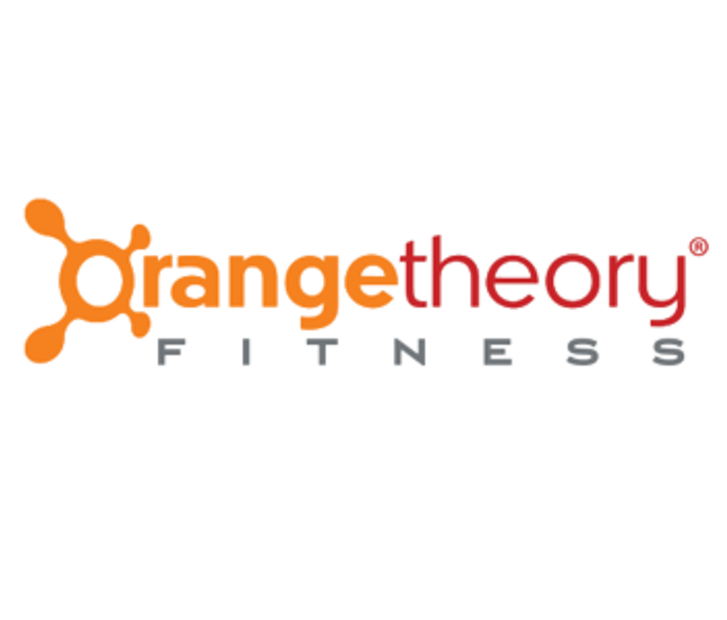Brand Experience








Unlocking Digital Marketing Success: The Power of Data for Small Businesses
25 March, 2024
communities and provide a wealth of data related to visibility, engagement, and conversions. Yet, the importance of data in optimizing digital marketing strategies cannot be overstated. Its significance is paramount, especially in sectors like Gym Marketing where competition is fierce and attracting More Gym Members is a constant challenge.
Data is the invisible force that directs all marketing decisions, particularly in the digital realm. It provides insights into what strategies are working and which ones need to be tweaked or discarded. This is especially crucial for small local businesses like gyms that may not have extensive resources to devote to their digital marketing efforts.
By tracking key performance indicators (KPIs) such as visibility scores, click-through rates (CTRs), or website traffic, gyms can ensure that their marketing efforts are yielding the desired results. These metrics can be monitored over time to identify trends and patterns, providing actionable insights for Advertising For Gyms.
Local organic search visibility or local SEO is a crucial area where data plays a significant role. Understanding how well a gym’s content shows up in organic search results for relevant keywords can help optimize its online presence. Tools like Google Search Console (GSC) provide invaluable data related to keyword queries, average positions, impressions, CTRs, and top-performing pages/content.
A successful Google Business Profile (GBP) is another critical component of a gym’s digital marketing strategy. The Local Map Pack has become more important than organic search results for many local search queries, especially those conducted on mobile devices. A well-maintained GBP can significantly boost a gym’s visibility and lead to increased customer engagement.
When it comes to Gym Lead Generation, data from GBP provides insights into visibility on mobile and desktop search over time, the keywords being searched, and metrics related to primary actions like calls, messages, bookings, directions requests, website visits, and reviews. Regularly reviewing this data can help gyms identify areas for improvement and take necessary actions to enhance their online presence.
Paid search and social ads are another area where data can be instrumental in optimizing digital marketing strategies. By monitoring performance data related to visibility, clicks, conversions, and spend, gyms can ensure that their ad dollars are being well spent. The granular data available for campaign optimization has contributed significantly to the growth of paid digital ads, making it an essential tool for gyms looking to augment their organic visibility.
Moreover, understanding what keywords/topics a gym has visibility for can help optimize its paid search ads and keyword focus. This can prevent gyms from paying for visibility they already have organically, thus saving on ad spend.
Finally, social media platforms also provide a wealth of data that can be used to measure the value of a gym’s social community. By monitoring visibility, engagement, and conversions on these platforms, gyms can optimize their social media strategies to attract more members.
In conclusion, data is the lifeblood of digital marketing strategies. It provides invaluable insights that can help gyms optimize their online presence, attract more members, and stay ahead of the competition. Whether it’s through organic search visibility, a well-maintained GBP, paid search and social ads, or a robust social media presence, data can guide gyms in making informed decisions that drive results.
So whether you’re planning a new Facebook Ads campaign or looking to improve your gym’s local SEO, remember the importance of data in guiding your digital marketing strategies. By leveraging data, you can ensure your gym is not just surviving but thriving in the competitive fitness industry.




